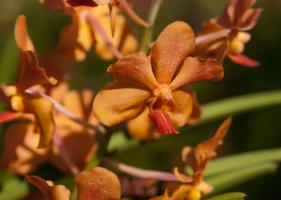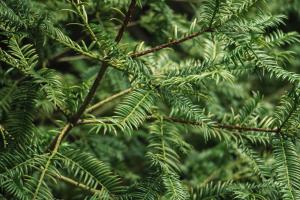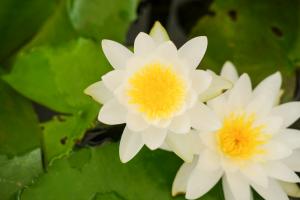Can You Plant Apple Trees in the Fall?
If you’re considering planting apple trees in your garden, you may have some questions about when and how to do it. One common question is whether or not you can plant apple trees in the fall. The answer is yes, you can plant apple trees in the fall, but there are some things you need to keep in mind.
Advantages of Planting Apple Trees in the Fall
There are several advantages to planting apple trees in the fall. Firstly, the soil is still warm, which allows the tree to grow roots before winter dormancy. This means that the tree will be better equipped to absorb nutrients and water from the soil in the spring when it starts to grow leaves and fruit.
Secondly, the fall is a good time to plant because the weather is usually milder than in the summer, which means there’s less risk of the tree suffering from heat stress or drought. Additionally, the cooler temperatures make it easier to plant trees, as you won’t have to worry about them being stressed by the heat during the planting process.
How to Plant Apple Trees in the Fall
Now that you know it’s possible to plant apple trees in the fall, let’s talk about how to do it. Here are the steps you need to follow:
Choose a spot that gets at least six hours of sunlight a day and has well-draining soil.
Dig a hole that’s twice as wide as the root ball and the same depth.
Add compost or other organic matter to the hole and mix it in with the soil.
Place the tree in the center of the hole and fill it halfway with soil.
Water the tree thoroughly and let the water drain away.
Finish filling the hole with soil and tamp it down gently.
Water the tree again and add a layer of mulch around the base of the tree to help retain moisture.
Remember to keep the tree well-watered throughout the fall and winter, especially if there’s little rainfall in your area. You may also need to protect the tree from frost and wind by wrapping it in burlap or using tree guards.
Choosing the Right Apple Variety
When choosing an apple variety to plant, you’ll need to consider the climate in your area, as well as your personal taste preferences. Some apple trees are better suited to warmer climates, while others can handle colder temperatures. Some varieties are also self-pollinating, while others need a second tree for cross-pollination.
If you’re unsure which variety to choose, talk to a local nursery or gardening expert for advice. They can help you select an apple tree that will thrive in your area and provide you with delicious fruit for years to come.
In Conclusion
In conclusion, you can plant apple trees in the fall, and doing so has several advantages. By following the steps outlined above, you can ensure that your tree gets off to a healthy start and produces delicious fruit for years to come. Just remember to choose the right variety for your climate and taste preferences, and to keep your tree well-watered and protected throughout the fall and winter. Happy planting!

 how many times do yo...
how many times do yo... how many planted tre...
how many planted tre... how many pine trees ...
how many pine trees ... how many pecan trees...
how many pecan trees... how many plants comp...
how many plants comp... how many plants can ...
how many plants can ... how many plants and ...
how many plants and ... how many pepper plan...
how many pepper plan...































